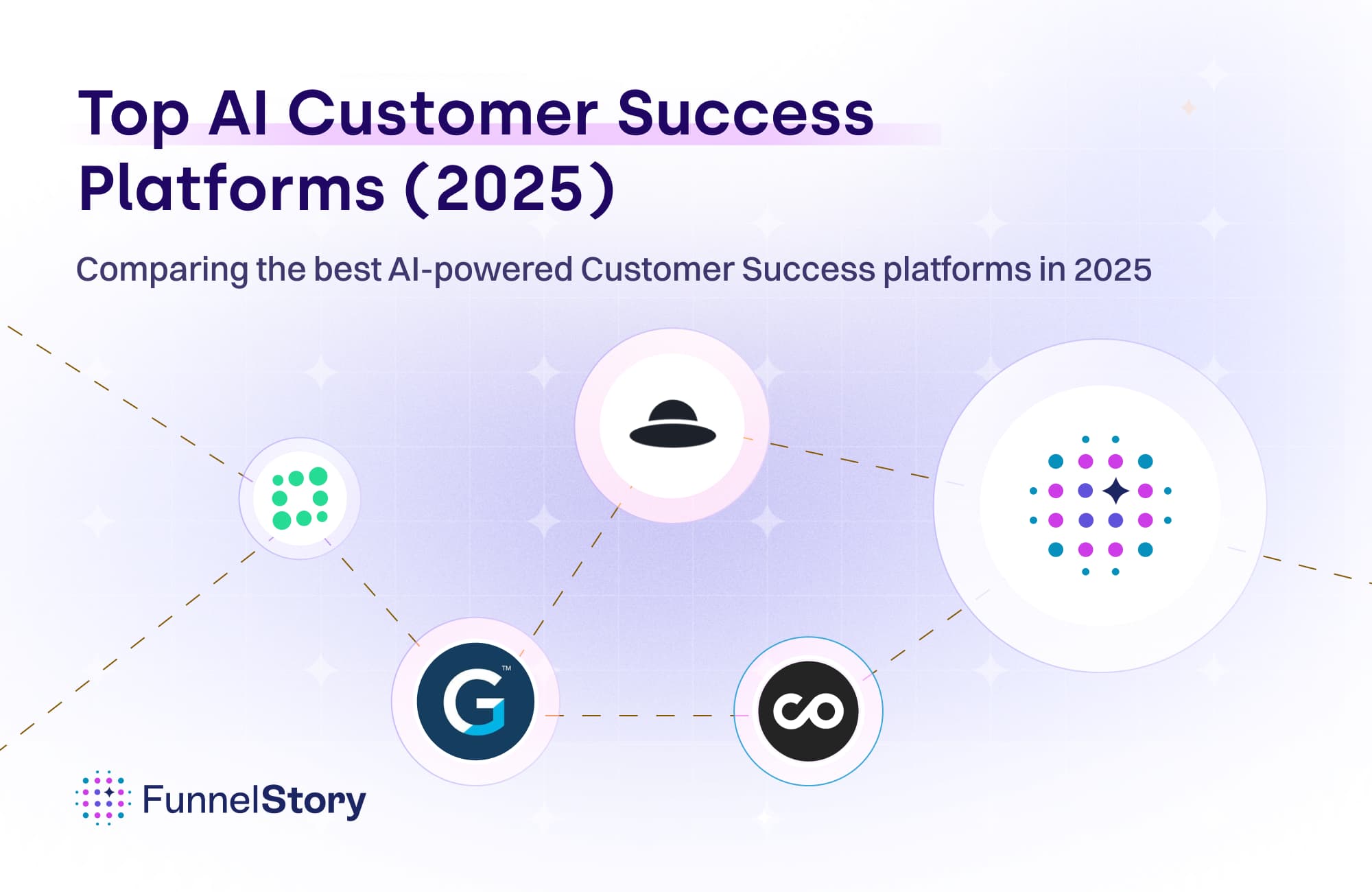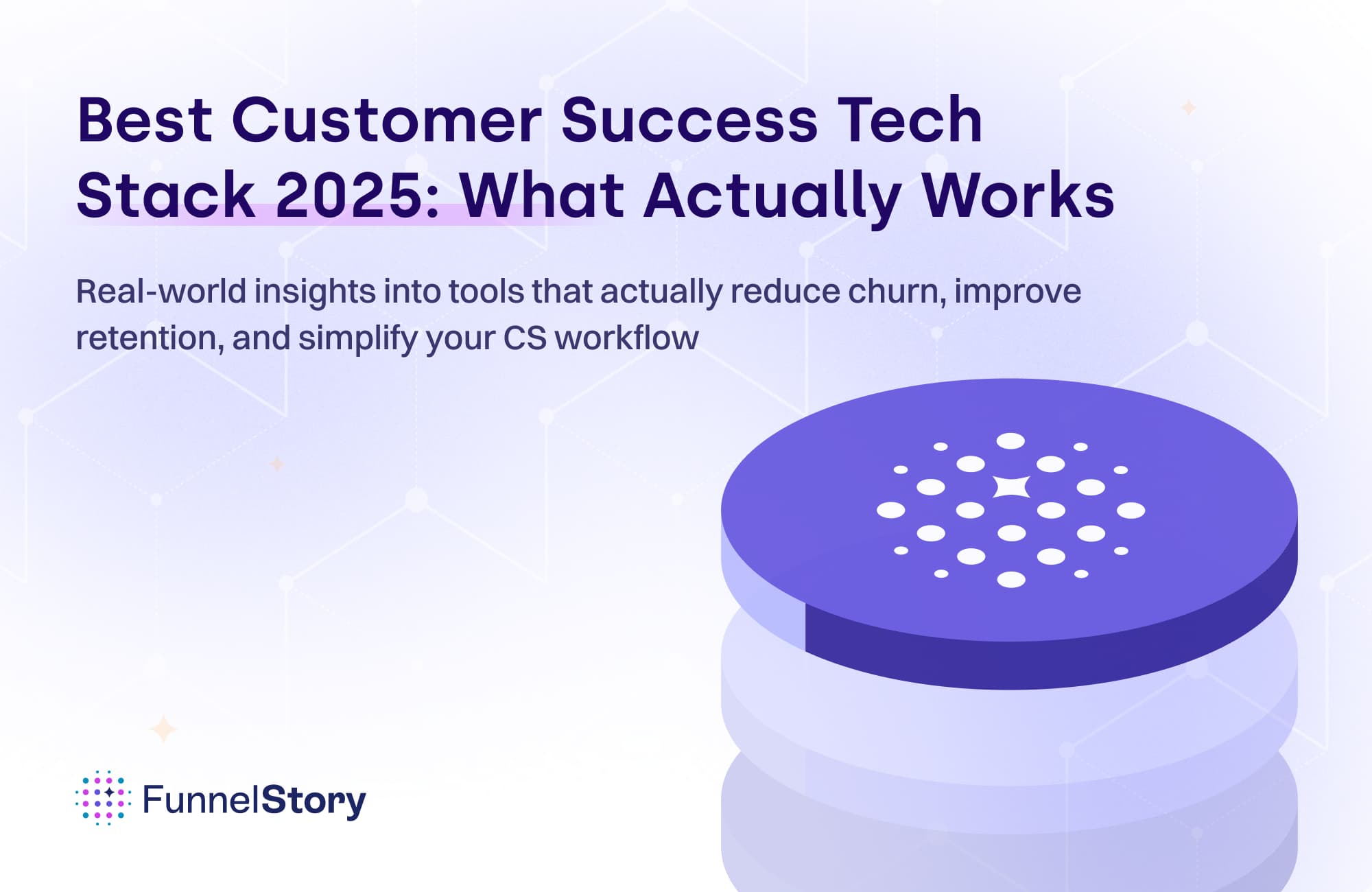In this article
Mastering Modern Sales: A Comprehensive Guide to PQLs and PQAs in B2B Strategies
Explore the transformative shift from traditional lead metrics to PQLs and PQAs in B2B sales. Dive deep into modern qualification strategies, understand FunnelStory's unique perspective, and gear up for the future of lead qualification.

By Alok Shukla
Cofounder and CEO
Oct 19, 2023
7 min read
The Shift from MQLs to PQLs and PQAs
In the world of B2B sales and marketing, we are constantly trying to identify and engage potential customers who have a high likelihood of converting into a customer. Traditionally, the inbound focus was directed toward the creation of Marketing Qualified Leads (MQLs) - the trigger that says a prospect is ready to be worked by sales.
These are leads deemed likely to convert based on various criteria typically set by marketing teams. From webpage visits to content downloads, MQLs were [and still are] the North Star for many sales efforts.
However, as the SaaS world evolves it’s becoming evident tracking traditional marketing metrics is no longer cutting it. Too often low-intent MQLs - those that hit your lead score without requesting a demo don’t actually convert. Given this reality, businesses have realized the importance of buying signals tied to user behaviors within their product environment.
Enter Product Qualified Leads (PQLs). Unlike MQLs, PQLs emphasize actual product usage and engagement. They represent potential customers who've demonstrated a clear interest, not just by downloading a whitepaper or attending a webinar, but by actively engaging with a product—perhaps via a free trial. This shift is profound. It's a testament to the belief that the best predictor of a customer's intent isn't always found in marketing metrics but in product interactions.
Product Qualified Accounts (PQAs) further refine this concept by broadening it to account levels, especially pivotal in B2B scenarios where purchase decisions are collaborative and encompass multiple stakeholders not just one person or use.
The transition from MQLs to PQLs and PQAs reflects the changing landscape of sales and marketing, in this digitized age, where the lines between product usage and purchase intent blur, businesses are realizing the importance of more refined, nuanced metrics that genuinely resonate with a user's likelihood to convert.
This evolving perspective reshapes global strategies, tools, and conversations in sales rooms. As we delve deeper into this topic, we'll uncover the intricacies of PQLs and PQAs and how businesses can harness their power for unprecedented growth.
Understanding PQLs and PQAs
Navigating the modern sales landscape means understanding the nuances of evolving lead qualification methods. Let's break them down.
PQLs:
Product Qualified Leads (PQLs) are users who've shown their purchase intent through direct product interaction, often surpassing the mere indications given by traditional marketing lead scoring tactics. While MQLs might have been generated through a combination of catchy blog posts, webinars, and web visits, PQLs take things a step further. PQLs can be useful in a B2B context but are most helpful when targeting a user who is also the buyer.
PQAs:
Meanwhile, in the B2B space, decisions aren't usually unilateral. They involve a range of stakeholders, from tech specialists to top-tier executives. Product Qualified Accounts (PQAs) adapt the principles of PQLs to a broader scope, identifying entire organizations or specific departments within them that show genuine product engagement. It’s a nod to the power of account-based marketing strategies, emphasizing a holistic approach rather than individual leads.
Ingredients for Product Quaflied Scoring
The heart of PQL and PQA lies in the metrics. But which ones do we spotlight, and why?
Product Engagement Metrics:
These metrics illustrate how frequently and intensely users interact with your product. Common ones include feature adoption rate, session duration, and frequency of logins. Someone sporadically logging in differs from a user actively exploring various features, and this distinction matters in qualification.
Activation Metrics:
A robust trial funnel is your ally in understanding user behavior in stages. How a prospect activates through the trial journey you’ve designed offers clues about their position in the buying journey. Are they moving fast, slow, getting stuck, or accessing help content? Knowing how the journey evolves is critical to this new kind of lead type.
Conversation Sentiment:
Product trials aren’t just limited to product interactions. There are webs of conversations surrounding a given trial. From support queries to check-ins, conversations contain valuable intel straight from the horse's mouth and should be used to fortify your lead quality.
Non-product Intent Indicators:
All that said, it’s still important to keep track of what customers are doing outside of your product. For instance, are they frequently visiting your pricing page or engaging with advanced tutorials? These actions still emit a signal and can help you complete the picture of buyer readiness.
The evolution from a casual browser to a qualified lead or account is a dance of metrics, actions, and intent. The beauty of PQL and PQA scoring is its rootedness in tangible actions, painting a clearer picture of the sales landscape.
Harnessing the Power of PQLs and PQAs
Unlocking the full potential of PQLs and PQAs is a game-changer for sales and marketing teams. But how?
Prioritizing Efforts with Data:
Instead of pursuing every lead, zero in on those showing high product engagement and intent. A well-structured PQL or PQA can filter leads, allowing teams to focus on those with a higher likelihood of conversion, saving time and resources.
Segmentation:
Classify PQLs and PQAs based on their behavior. For instance, a PQL who's extensively explored premium features might be ripe for an upsell pitch, while another just scratching the surface might need more nurturing. Tailor the approach according to the lead's interaction with the product.
Strengthening Collaboration:
For optimal results, sales and marketing must work hand in glove. Tools like shared dashboards or CRM integrations can update both teams in real time - just make sure your CRM is enriched with product data. Also, don’t underestimate the old-fashioned live sync to ensure everyone's on the same page about lead quality and the best next steps.
Feedback Loop:
Once a strategy is implemented, circle back and assess. Did a particular PQL convert after a targeted email campaign? Did a PQA respond favorably to a personalized demo? Incorporate these insights back into the strategy, refining the approach.
Keeping Your Model Fresh
In the world of B2B sales, something that worked yesterday might not work today. Here’s why and how to keep your PQL and PQA model updated.
Evolving Buyer Behaviors:
Just as technology and markets evolve, so do the behaviors and preferences of buyers. The metrics that once indicated a hot lead might now only signal lukewarm interest. Regularly revisiting your criteria ensures you're always in tune with current behaviors.
Feedback Informs Iteration:
Sales feedback is a goldmine. Perhaps leads with a particular behavior pattern don’t convert as well as anticipated, or another previously overlooked metric stands out. Such insights should be promptly integrated into the model.
Test and Refine:
A/B testing is a must. By occasionally experimenting with alternative qualification metrics or thresholds, you might stumble upon more efficient indicators of lead quality.
Remember, the ultimate goal is sustained business growth. A static model in a changing environment won't cut it. Just as you'd update a product based on user feedback and market changes, so should your PQL and PQA model adapt and evolve. You'll always be a step ahead in the conversion game by staying agile.
A Unique Take on Sales Metrics
Navigating the maze of modern sales metrics can be daunting, but here at FunnelStory, we've forged a distinct path that makes success a bit easier to achieve.
Beyond Product Data:
While many focus solely on numbers, we've always emphasized the importance of context. It's not just about how many are in your funnel but who they are, what they're doing, and why. We've previously addressed this in our article on the problem with product trials and how to improve yours. We also know the picture isn’t complete without conversation data, so we build in sentiment tracking and analysis.
Account Level Funnel View:
Sales and marketing teams are accustomed to two constructs: accounts and funnels. That’s why we visualize your product and conversation data by account and in a funnel view. Adopting a new strategy doesn’t also mean we need to throw a good framework out the window. This perspective isn’t just intuitive but ensures your team is focused on deal strategy and not just a checklist of actions to take or automate.
Answer Answers Answers:
We’re tired of tools that leave you asking for more. That’s why we’ve designed our platform to provide your team with insights and answers, not just data points and charts that require further interpretation. With any PLG or PLS strategy, understanding and correctly interpreting metrics is half the battle. At FunnelStory, we're committed to helping businesses navigate this terrain with clarity and confidence.
The Future of Lead Qualification
Modern SaaS buying is becoming more self-serve and therefore emitting more data - also more noise! Understanding and leveraging every user intent indicator, such as those revealed during a product trial journey, is paramount in any modern marketing and sales strategy. Companies that master the art of developing and utilizing PQLs and PQAs will find themselves on the right side of forecasting and growth. Today one of the best ways to listen to your customer is to listen to your product.




